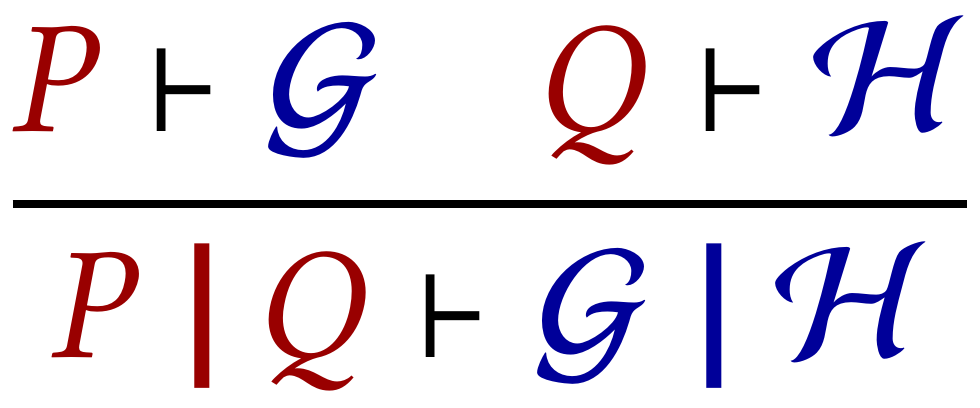Choreo
Choreographic Programming (Wikipedia article) is a new programming paradigm for concurrent and distributed systems, where the developer defines communication protocols (the choreographies) and then correct implementations are automatically generated by a compiler. They are inspired by the "Alice and Bob" notation of security protocols.
I kickstarted the development of choreographic programming and developed its first proof-of-concept in my PhD thesis [Montesi, 2013], building on previous theories of endpoint projection for service-oriented computing.
Check out the website of the Choral programming language for a prototype of an object-oriented choreographic programming language compatible with mainstream practices.
If you are interested in learning the principles behind the choreographic method, check out my book 'Introduction to Choreographies'.
For a light read, I recommend the stellar dissemination zine 'Communicating Chorrectly with a Choreography' by Ali Ali and Lindsey Kuper (see also Lindsey's page).



